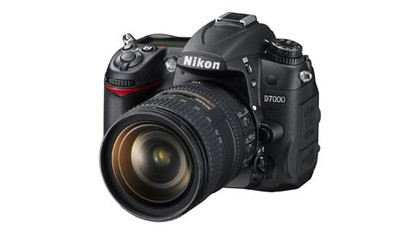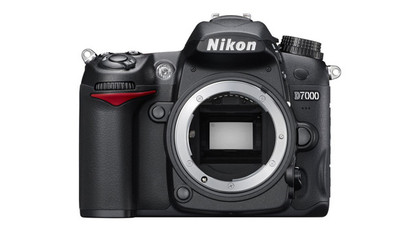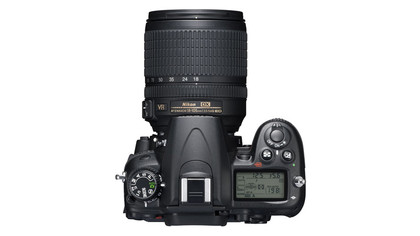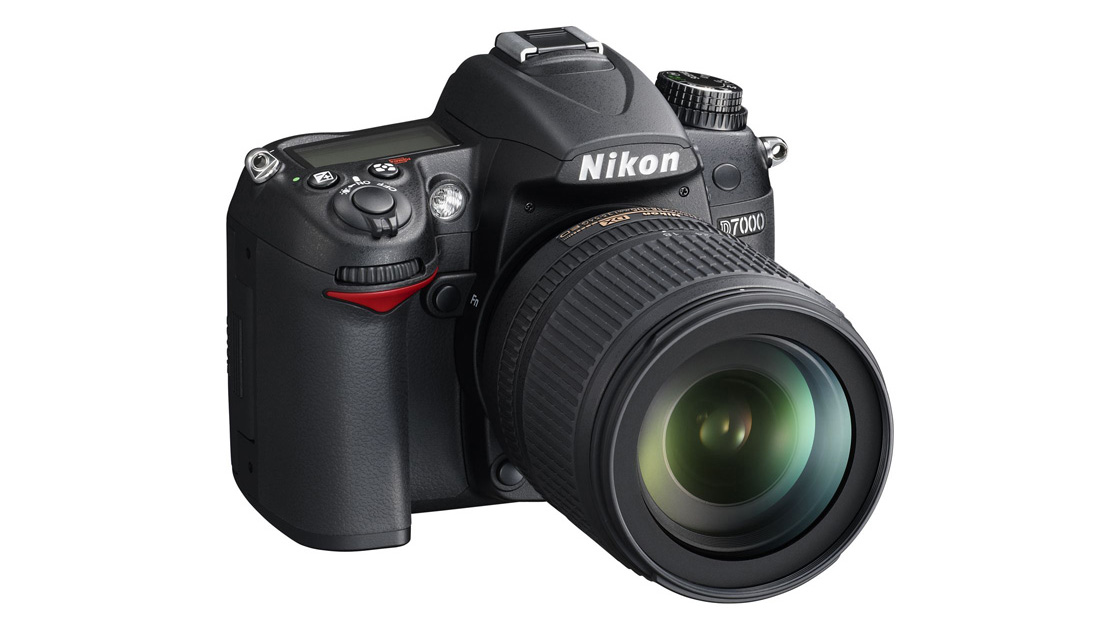Why you can trust TechRadar
It is more than likely that the 16.2 million pixel sensor inside the D7000 is the same as, or very similar to the one in Sony's Alpha 55. This pixel count marks a significant departure for Nikon as previously the company was adamant that 12 million pixels are enough for any DX format camera.
Though increasing the pixel count can boost detail capture, smaller photodiodes usually generate a weaker signal that requires greater amplification both of which can result in more image noise. It will be interesting to examine the D7000's images.
Switching from 51-AF points in the D300S to the 39-points of the D7000 is less significant than the 12 point difference might suggest. As with other Nikon DSLRs, there are four AF point selection modes; Single-point, Auto-area, Dynamic-area and Dynamic-area (3D-tracking). In Single-servo AF the Single-point mode is preferable as the user is in able to specify which AF is used.

On most occasions when outdoors in daylight and with the AF-S DX Nikkor 18-105mm f/3.5-5.6G ED VR (included in the single lens kit) mounted, the Nikon D7000 snaps the subject into sharp focus quickly. It starts to struggle when light levels drop a little or the subject lacks contrast though – especially if the peripheral AF points are selected.
Things improve considerably, however, if a faster optic such as the AF-S Nikkor 24-70mm f2.8G ED is mounted. With this lens in place the D7000 is able to focus on the subject even in very low light. But, there is a difference in price of almost £1,000 between the two optics. Nevertheless, using the better during part of the test proves that the D7000's AF system is extremely capable.
One of the most interesting features of the Nikon D7000 is its full-time autofocus (AF-F) mode that operates when images are composed on the LCD screen or during video shooting. In this mode the camera attempts to focus the lens continuously without any button pressing.

As this relies on the camera's contrast detection system, which operates when the mirror is lifted to expose the sensor, it becomes quite hesitant and indecisive in low light. However, in decent light, especially outdoors, it is impressive how quickly the camera pulls the subject under the AF selection box into focus as it moves around. It's not much good for shooting sport, but it could be very useful when videoing family days out and the like. The focus adjustment is generally smooth, but as light levels fall backwards and forwards adjustment becomes evident.
In Continuous-servo mode, the Nikon D7000 user selects the initial AF point and as the subject moves, the cameras adjusts the focus and, if necessary, selects different AF points to follow the target and keep it sharp.
The D7000's Multi-CAM 4800DX focus module allows the user to set the number of AF points that are used in the Dynamic Area tracking process to 9, 21 or 39. It can be helpful to restrict the number of points when the subject is moving within a small section of the image frame, but a greater number of points may be helpful with more mobile subjects, especially if they are isolated. If the subject is a distinctly different colour from its surroundings, the Nikon D7000's 3D tracking option, which uses the camera's Scene Recognition System and colour information is often a good choice.

One disappointment with the Nikon D7000 is that its LCD screen is fixed rather than articulated. As things stand the Nikon D5100 is the only current Nikon DSLR to feature a flip-out monitor and is surprising this feature has not appeared higher up the company's DSLR line-up. On a more positive note, the screen image is made up from 921,000 dots and there's enough detail visible to allow very precise manual focusing when the magnified views are employed.
When shooting with the camera to the eye, it's nice to know that the images won't have too many surprises around the edges as the viewfinder provides a 100% field of view. Helpfully, the digital level, which can be activated via the function button (set via custom function F3) remains visible in the viewfinder even as the shutter release button is depressed. It can also be displayed on the LCD screen, so there's no excuse for wonky horizons.
Having two SD card slots is also handy as in addition to expending the camera's capacity, it allows different file types to be saved to a different card if desired. However, given the relatively low price of high capacity memory cards, this isn't quite the killer feature it once might have been
Users of older Nikon DSLRs may be disappointed to learn that the D7000 uses the new EN-EL15 battery. Although this has improved life, it has a new shape and is not interchangeable with older batteries.
